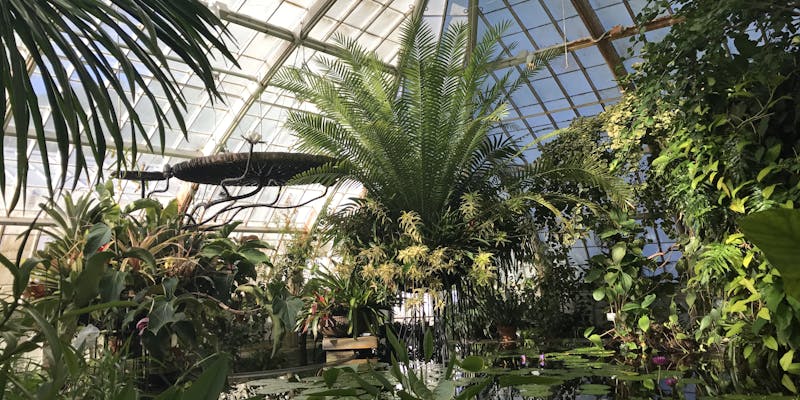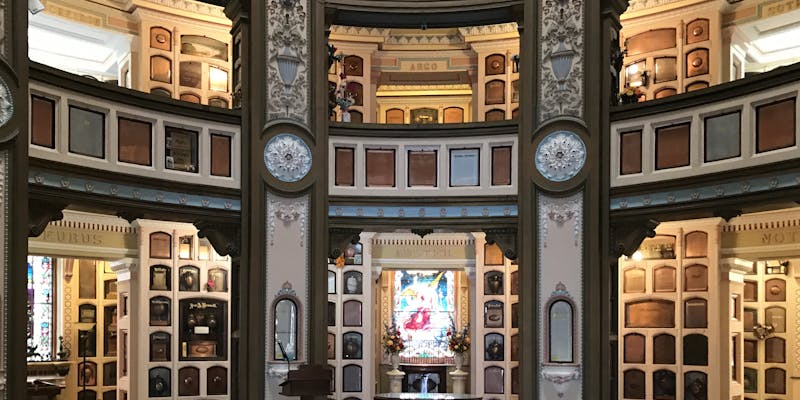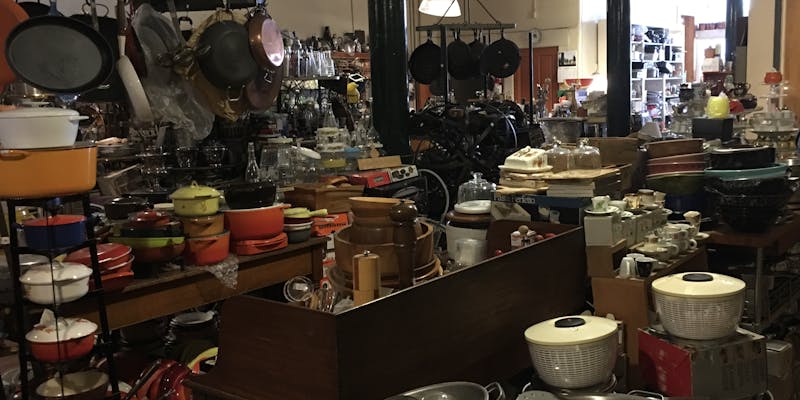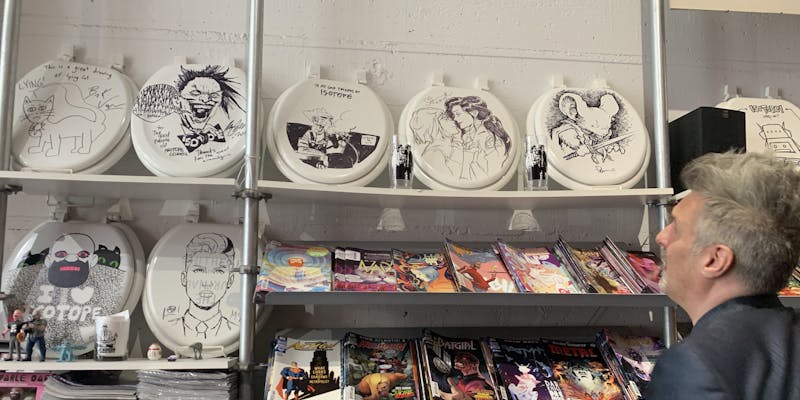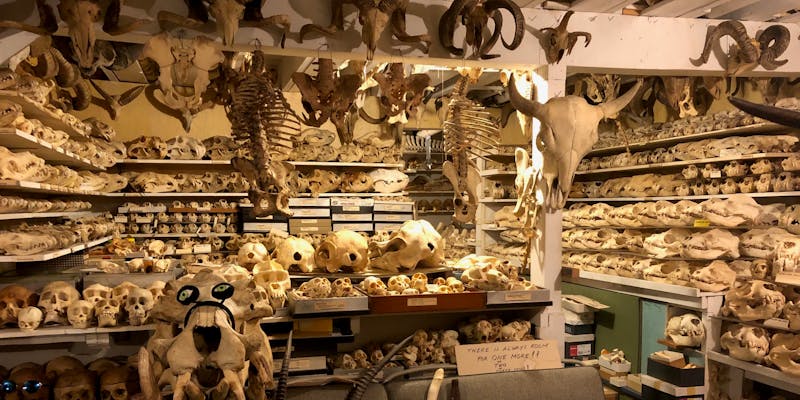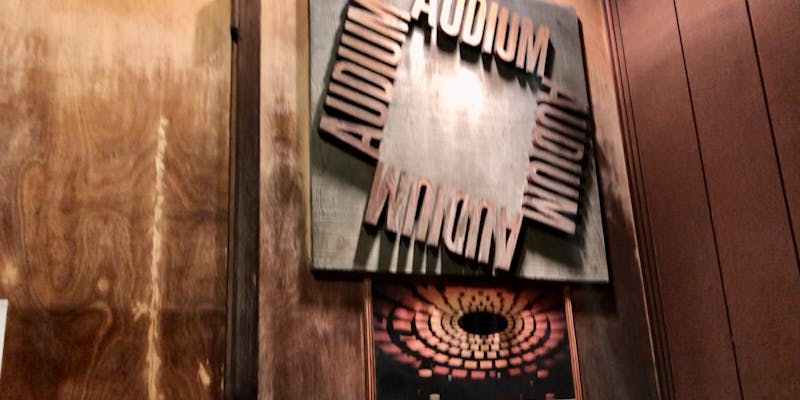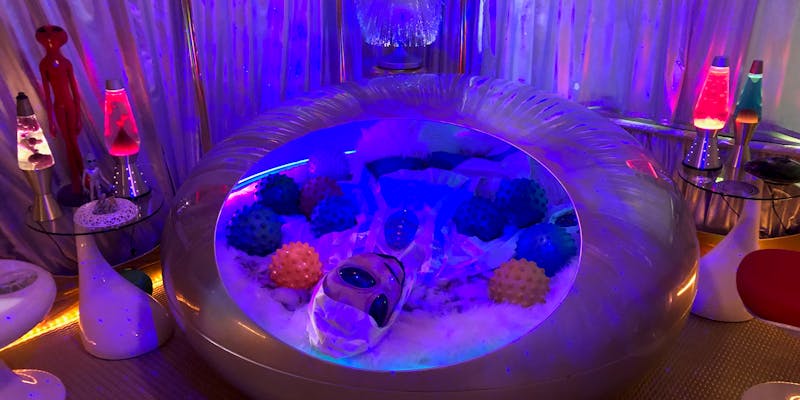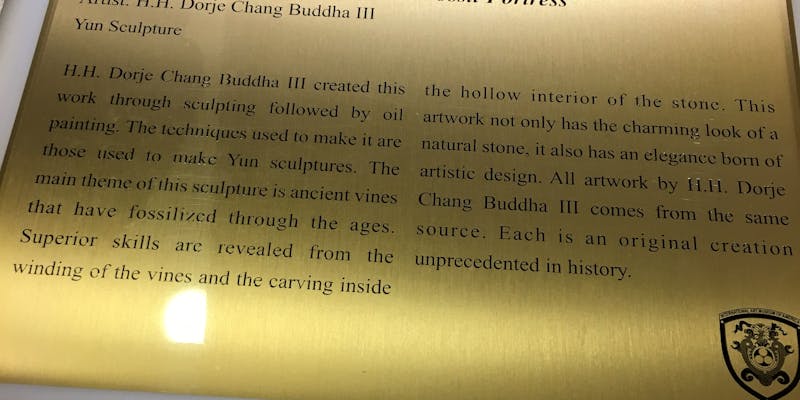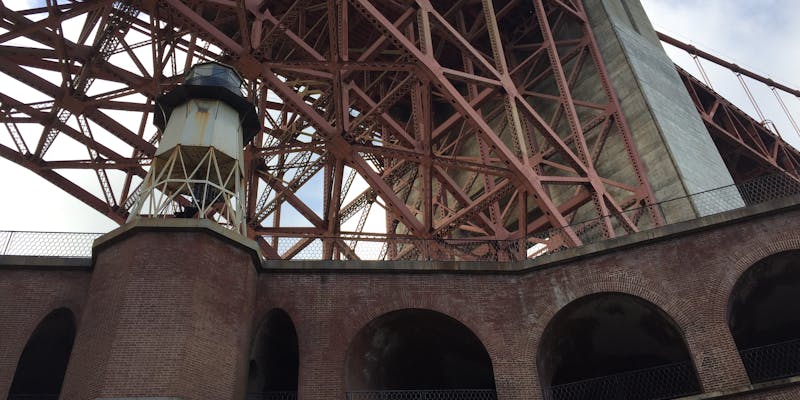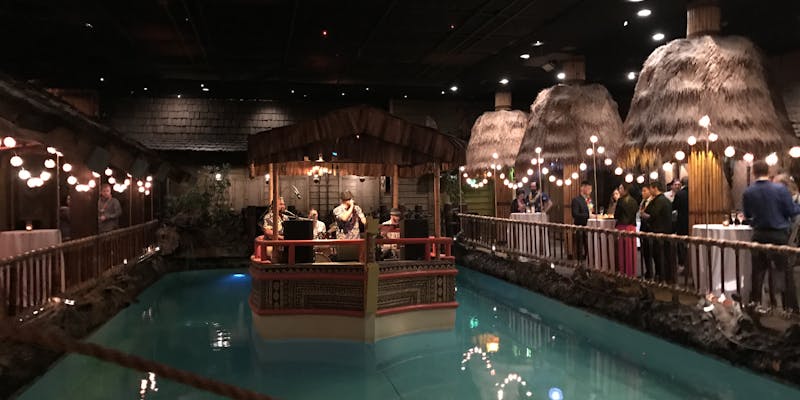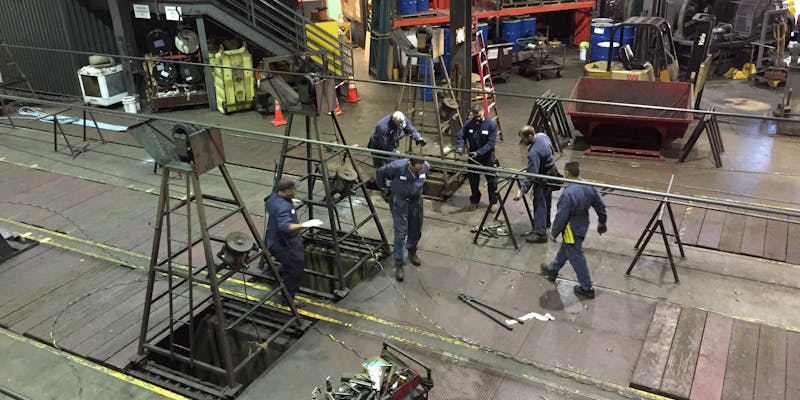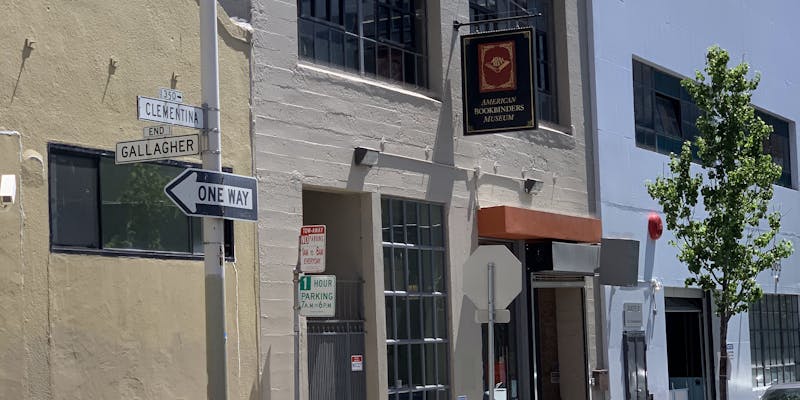Ray Bandar collected his first skull in 1953, on Baker Beach in San Francisco. He would spend the next sixty years adding to his collection. When Ray died at the age of 90 in December 2017 he left a collection of over 7,000 animal skulls, most of which were on display on the four floors of his house in San Francisco.
In 1958 Ray was given the title of field associate by the California Academy of Sciences. They sponsored many of his bone collecting expeditions to countries that included Mexico and Australia. He grew his collection under a scientific collection permit issued by the state of California for his work with the academy.
Ray taught biology at Fremont High School in Oakland for 32 years, until he retired from teaching in 1990 to dedicate himself full time to bone collecting. He was the first person called by Bay Area zoos when an animal died, enabling him to add species that including hippopotamuses, tigers, and chimpanzees to his collection.
Ray's artist wife Alkmene was a vital part of the process. It was Alkmene who encouraged the couple to collect a horse skull from the side of the road during their cross country honeymoon driving trip in 1954. She worked with Ray on many of his collecting adventures, though she did credit the survival of their marriage to her weak sense of smell!
We visited Ray's Bone Palace (as he called it) in February of 2018, a few weeks before the collection was permanently relocated to the California Academy of Sciences. Ray's great nephew Jacob gave us the tour.
It was the most incredible place I have ever experienced.
Ray treated skulls as art, and Ray and his wife Alkmene were both keen artists. The living room displayed art and a number of skulls, but these merely hinted at what was to come.
As we descended deeper into the house Jacob explained that Ray had won the "grossest dead thing" halloween contest so many times that the competition had to forbid him from entering to give other contestants a chance. "Puss in Boots", a mummified cat wearing boots, was one of the winning entrants.
The concentration of skulls on display continued to increase, but nothing could prepare us for Ray's basement.
Around 7,000 animal skulls greeted us, populating every inch of the two basement rooms. The skulls were accompanied by beautiful hand-written labels (which the California Academy of Sciences are determined to keep as part of the collection).
More than a thousand sea mammals, dozens of breeds of dog, bears, leopards, rhinos, hippopotamuses, giraffes and so many more.
My personal favourites were the walruses, the box full of beaver skulls and an amazing Narwhal tusk, which had been given to Ray by a friend who had asked him if there was anything he hadn't been able to collect himself.
Ray also kept snakes, and used to leave them free to roam the basement.
A sign in the middle of the basement read "There is always room for one more!! or two or three more." Words to live by. What an inspiring life.
